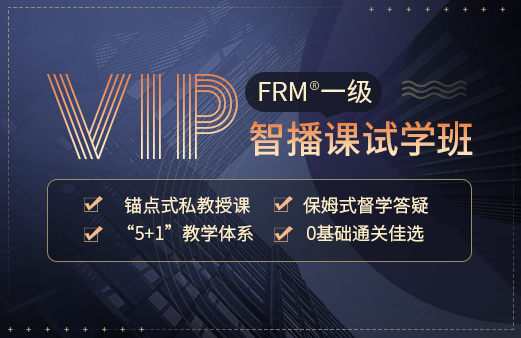FRM二级操作风险真题解析organization risk,operational risk
【题目 1】
Which of the following data issues is likely to increase risk for an organization?
I. Data transformations.
II. Duplicate records.
III. Data normalization.
IV. Nonstandard formats.
A. I and II
B. only III
C. I, II and IV
D. II and IV
答案:C
解析: Data normalization is a process to better organize data in order to minimize redundancy and dependency, so it is least likely to increase risk. All of the other data issues are likely to increase risk, especially complex data transformations.
关联考点:数据治理
易错点分析:
错把duplicate records当作是数据备份的意思,这里duplicate说的是复制数据,也就是重复录入的意思,这样也会导致数据混乱的情况,duplicate并没有备份的意思,如果是备份的话应该是backup。
【题目 2】
Which of the following is a weakness of the top-down approach to measuring operational risk?
A. It fails to consider diversification
B. You cannot use earnings volatility as an indicator of risk potential in this approach
C. Information on specific sources of risk is provided
D. It is based on the specific mapping of business units, and not the overall organization
答案:A
解析: The top-down approach does not provide information on specific sources of risk. It levies an overall cost of operational risk to the entire firm. A is correct. The top-down approach is fails to consider diversification. B is incorrect. Earnings volatility is suggested as an indicator of risk potential for this approach. C is incorrect. Information on specific sources of risk in the organization is not provided. D is incorrect. This is a strength of the bottom up approach, not a weakness of the top down approach.
关联考点:top-down approach and bottom-up approach
易错点分析:
top-down approach和bottom-up approach关于diversification之间的关系容易搞混淆。按照ERM的思想是需要考虑分散化效应的,对应到风险的整合和加总上来说,就是需要考虑不同风险类别之间的相关性,也就是内模法的思想(类似于自下而上的方法),但是由于这种思想在实务中对银行的技术要求比较高,也容易出险监管套利的情况,所以巴塞尔三统一要求使用标准法(类似于自上而下的方法,先分类后加总),先把风险分类再计算各个风险类别的资本金,最后进行简单的加总,所以top-down approach并未考虑分散化。





